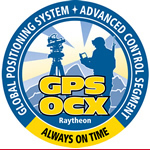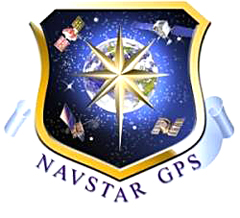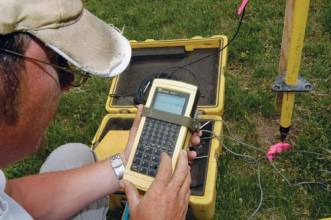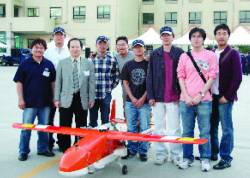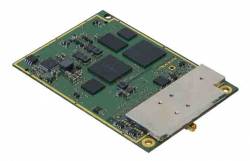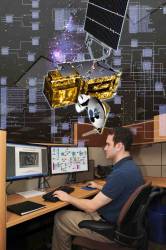Bright Ideas Welcome at 2010 European Satellite Navigation Competition
 European Satellite Navigation Competition Awards 2009
European Satellite Navigation Competition Awards 2009The European Satellite Navigation Competition (Galileo Masters), now in its seventh year, is seeking the best ideas for satellite navigation applications from companies, entrepreneurs, research institutes, universities, and individuals. Prizes total more than €500,000.
The 2010 contest begins on May 1, when competitors may register and submit their ideas online at the secure ESNC website. It closes on July 31.
By Inside GNSS

